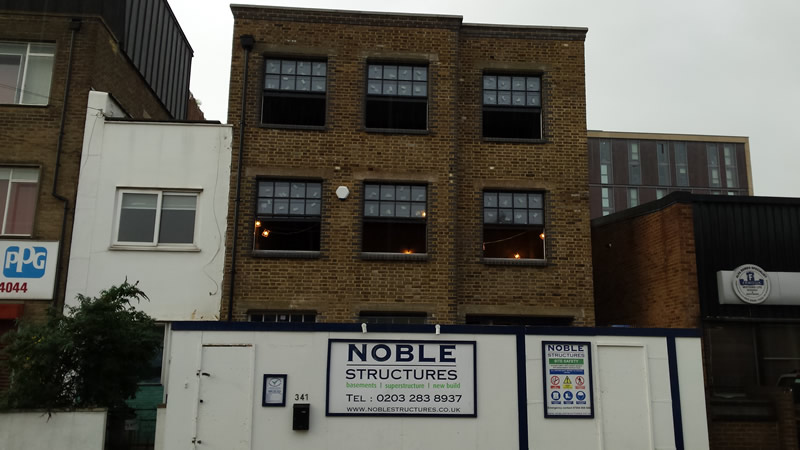In cities where space is at a premium, extending your property can be difficult. But many older houses have a cellar or basement that can be turned into a useful extension to your living space. In the modern world where children are staying at home for longer or where you may need room for an elderly relative, a basement conversion in London offers you extra room that’s close to the main living areas but sufficiently separate to provide some privacy.
Even if you don’t use it as extra living space, a basement can be useful as a hobby space, a home gym, or an office for those working from home. Whatever you decide to use it for, it will add value to your property, and it may not be as hard to do as you think.
Permissions and regulations
Before you start on a basement conversion in London you should check with your local authority if planning permission is going to be needed. If you choose a specialist contractor to do the work for you they should be able to take care of the application process as part of the deal.
If there’s an existing basement or cellar, then in most cases you will not need planning permission in order to convert it. You will need permission if you intend to increase the size of the basement significantly, or if you want to create a new one.
What you will require to turn your basement into a habitable space is Building Regulation approval. This covers things like ceiling height, electrical safety, ventilation and fire escape routes. If your property is not detached then it is likely you will also need a party wall agreement should any shared walls be affected by the conversion.
Waterproofing and heating
One of the major issues with making a basement habitable is waterproofing. You want your space to be dry and warm, so making sure it’s waterproof is essential. In the past, this would usually involve ‘tanking’ with a cement coating to prevent water ingress. However, there are now systems that use a membrane to drain water behind a cavity to a sump from where it can be safely pumped away. This means that any internal décor is kept separate from dampness.
You also need to consider how you are going to keep your basement conversion nice and snug. Insulating the walls can be done with a fibrous material between the battens of the internal walls, or it can be done with foam board or a sprayed coating.
If you have an existing central heating system powered by a gas boiler it may be possible that this can be extended to add an extra radiator in the basement. If this is not possible, there isn’t enough spare capacity, for example, then there are other alternatives. Underfloor heating is a popular option as it can be laid over the waterproofing membrane and provides an efficient solution that spreads heat evenly across the floor. Alternatively, you could use electric heaters, though these are a costly option in terms of their fuel use.

